Do you know what radar sensors are and how they work? If not, you’re in for a treat! In this article, we will discuss everything you need to know about radar sensors. We’ll answer common questions, such as “what is a radar sensor?” and “how do they work?” We’ll also give tips on how to use them optimally. So whether you’re a business owner who wants to learn more about radar sensors or just someone who’s curious about them, this article has something for everyone!
What is a Radar Sensor
These sensors work by emitting electromagnetic radiation, typically microwaves, and measuring the reflected signal through a receiver. The data collected is then processed to map out a pattern or “map” of what is being detected. This type of technology has been used in military applications for decades and has just recently been adopted into civilian use.
Radar sensors come in many different types depending on the application they are intended for. There are long-range radars that can track aircrafts from hundreds of miles away, short range units designed to pick up slow-moving targets such as ships at sea, and even vehicle systems that sense obstacles and other vehicles in front of the car. Each type of radar sensor is designed to detect a specific type of object and provide precise location data. [1], [2]
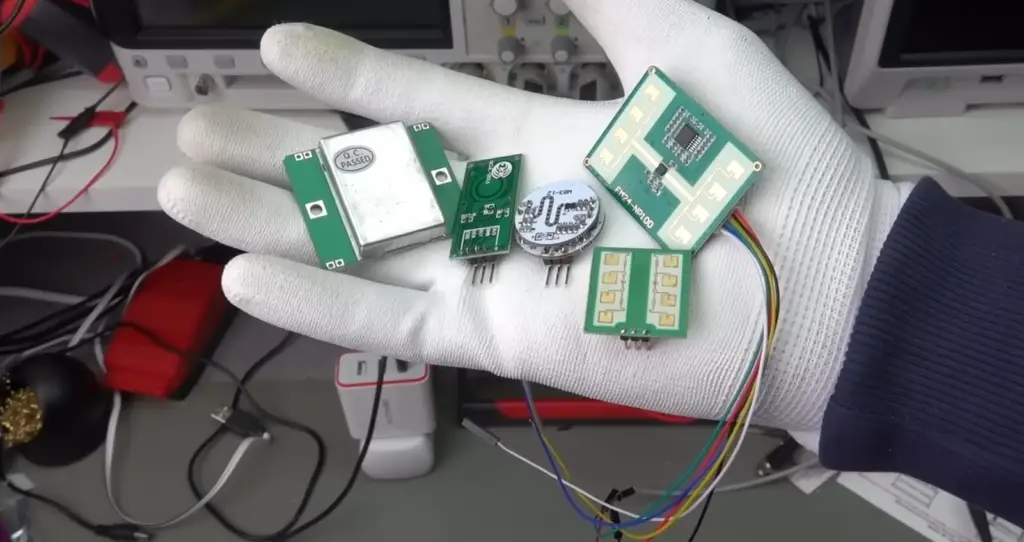
Radar Sensor Types
We believe it’s worth discussing the various types of radar sensors and their purposes in detail. In this section, we’ll discuss the three main types of radar sensors: long-range, short-range, and vehicle.
Millimeter-wave radar sensor
This technology is commonly used to detect objects, measure speed and monitor environmental conditions. Millimeter-wave radars use high frequency radio waves to produce images of objects, such as vehicles or buildings. These images are then analyzed and interpreted by the system’s software to provide real-time information about what the object is, where it’s located, how fast it’s moving and other related data.
Millimeter-wave sensors can be used for a wide range of applications including automotive safety systems, unmanned aerial vehicles (UAVs), security systems and traffic monitoring. They are often used in combination with other sensors such as cameras or lidar systems to provide a comprehensive picture of the environment.
Millimeter-wave radar sensors are becoming increasingly popular due to their ability to detect objects under a variety of conditions and short distances (up to several hundred meters). They can also accurately measure speed, range and angle at which an object is moving.
CW Doppler radar sensor
A CW Doppler radar sensor (CWDR) is a type of Doppler radar that uses continuous wave (CW) radio frequency signals to measure the velocity and direction of objects in its vicinity. It is commonly used to detect and track moving objects such as aircraft, automobiles, boats, birds, and more. The CW Doppler radar sensor works by emitting a continuous signal at the target object which is reflected back off the object’s surface. The time difference between when the signal was transmitted and when it was received can be used to calculate the speed and direction of an object’s movement.
The frequency of the signal transmitted by a CW Doppler radar sensor is typically around 915 MHz, which allows for greater accuracy in determining the velocity of an object. Additionally, its use of continuous wave signals also helps reduce power consumption as compared to pulsed Doppler radars.
A Frequency Modulated Continuous Wave radar sensor
A Frequency Modulated Continuous Wave (FMCW) radar sensor is a type of active remote sensing system. FMCW radars use radio waves to measure the range and velocity of objects. This type of radar uses frequency modulation, where the frequency of the transmitted signal is continuously varied over time, providing high resolution in both range and velocity measurements. In addition, FMCW radars are capable of detecting multiple targets at once and can be used for various applications such as target tracking, navigation systems, surveillance, and automotive safety systems.
The echo signal frequency of the radar is similar to the frequency of the emission signal, but its amplitude is different. By comparing the two frequencies and amplitudes, the range and velocity of an object can be calculated. The major advantage of FMCW radar compared to pulse-based radars is that it has a much greater resolution in both range and velocity detection.
FMCW radar sensors are becoming increasingly popular due to their robustness, accuracy, efficiency, low cost, and the fact that they can operate without the need for complex electronic components. They are used in many industries such as automotive, aerospace, healthcare, military defense systems, and environmental monitoring. [1], [2], [3]

Differences Between Radar Sensor Vs. Ultrasonic Sensor
However, they differ in how they work and the type of data they provide. In order to understand the differences between radar and ultrasonic sensors, it is important to look at the way each of these systems operates.
Radar sensors can change the signals from microwave echo to electrical signals and can detect the direction of an object. Radar systems are non-contact devices, meaning they do not require contact with the objects that they measure. They also have long range capability, allowing them to accurately measure distances over large areas.
Unlike radar sensors, ultrasonic sensors rely on sound waves instead of radio waves to measure the distance and speed of objects. Ultrasonic systems are highly precise and accurate in short range applications but lack the range capabilities of a radar system. Because ultrasonic sensors emit sound waves that must come into contact with an object before returning to their source, these systems are limited by their line-of-sight application capabilities as well as environmental factors such as wind or temperature changes that may interfere with the accuracy of their measurements.
In addition to that, radar sensors can work with electromagnetic waves, which are better at penetrating materials like fog and rain. This gives radar systems the edge in outdoor applications where they can be used to detect objects more accurately in inclement weather conditions. Conversely, ultrasonic sensors are best suited for use indoors in drier environments because sound waves cannot penetrate certain materials or obstacles.
Radar sensors are affected by different variables such as the size, speed and shape of an object, whereas ultrasonic sensors are not. This makes radar systems ideal for applications that require precise measurement or tracking capabilities. Ultrasonic sensors on the other hand are affected by temperature, air pressure and humidity changes which can cause inaccuracies in measurement.
Overall, radar sensors are best for applications that require long-range measurement capabilities with highly precise data in difficult conditions. Ultrasonic sensors on the other hand are more suitable for short range applications that need to measure distances between two objects accurately within a specific environment. [1]
Advantages of Using Radar Sensor
Radar sensors offer a number of advantages over other sensing systems, making them the ideal choice for certain applications. In this section, we will explore some of the benefits that radar sensors offer.
They are independent of different weather conditions
One of the main advantages of radar sensors is that they are independent of different weather conditions. This means that they can be used in a variety of environments, from wet and windy outdoors to dry indoor settings. The radio waves sent out by the sensor are immune to most weather variations, meaning that the measurements taken by the system remain accurate regardless of changes in temperature or humidity levels.

They work in in bad lighting conditions
Radar sensors are also effective in low light and bad lighting conditions. As the radio waves used by radar sensors can travel through air, fog and other environmental obstacles, they can be used to measure distances accurately regardless of visibility levels. This makes them suitable for applications that need to measure objects or distances in environments such as dark warehouses or heavily fogged outdoor areas.
They are easy to maintain
Radar sensors are relatively easy to maintain as they have a longer lifespan than other sensor technologies. This is because the radio waves used by radar sensors travel in straight lines, meaning that they do not require regular calibration to produce accurate readings. As long as the sensor is correctly positioned and functioning properly, it should be able to accurately measure distances over long periods of time without needing any additional maintenance.
They offer a wide range of functions
Radar sensors can offer a wide range of functions. As well as providing accurate distance measurements, they can also be used to detect objects and monitor movement. This makes them suitable for applications such as collision avoidance or surveillance systems where accurate detection is important. In addition, some radar sensors can measure the speed of moving objects and even create 3D images of their surroundings.
They can be used both indoors and outdoors
One of the main advantages of radar sensors is that they can be used both indoors and outdoors. This makes them suitable for a variety of applications where accurate measurement is required in different environments. For example, a radar sensor could be used to measure the distance between two objects inside a warehouse, or to detect obstacles outdoors in poor visibility conditions. This means that you can use one system for multiple applications without needing to purchase separate equipment for each scenario.
They work in the dark
Radar sensors can also be used in the dark. The radio waves sent out by the sensor are invisible to the human eye, meaning that they can measure distances accurately without requiring any additional lighting. This makes them ideal for applications such as surveillance systems where accurate measurement is required in dark environments. [1]
Disadvantages of Radar Sensors
Despite their advantages, radar sensors also have some drawbacks. It’s important to be aware of these before you decide to invest in a radar sensor system:
They can’t differentiate & resolve numerous targets from close
The main disadvantage of radar sensors is that they cannot differentiate between multiple targets when they are very close together. This means that if you need to accurately measure the distance between multiple objects, then you may need to invest in a more advanced system such as LiDAR or Sonar.
They can’t identify the color of the objects
Another disadvantage of radar sensors is that they cannot identify the color of the objects they measure. This can be an issue in applications where it’s important to distinguish between different types of objects by their color, such as in traffic control systems.
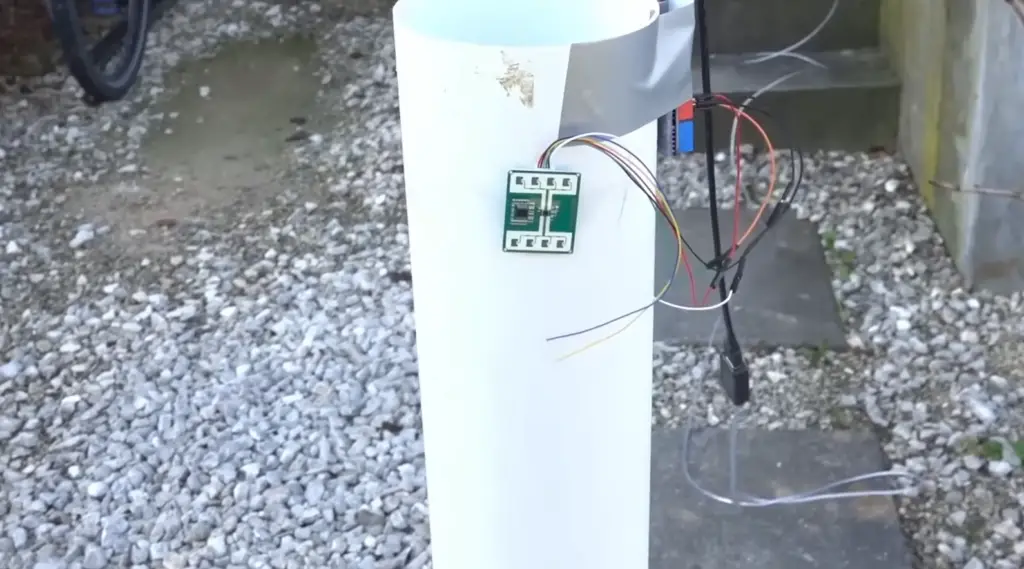
They can’t observe objects deep underwater
The radio waves used by radar sensors cannot penetrate deep underwater, meaning that they cannot be used to observe objects at depths greater than approximately 60 meters. This makes them unsuitable for applications such as submarine navigation or object detection in very deep waters. [1]
Applications of Radar Sensors
Despite their limitations, radar sensors are widely used in many applications. They have been used for decades in the military and aviation industries due to their ability to accurately measure distances without requiring any additional maintenance or calibration. In recent years, they have also become popular in consumer and commercial applications such as autonomous vehicles and robotics. Radar sensors can be used for a variety of purposes including but not limited to:
Military
Radar sensors are invaluable to the military and aviation industries due to their ability to accurately measure distance and speed. They can be used for surveillance, tracking, target recognition, navigation, weather forecasting, and communication. Radar sensors can also be used for missile guidance systems as well as countermeasure applications such as jamming or spoofing enemy radar signals.
Security systems
Radar sensors are also commonly used in security systems. They can be used to detect movement and sound, as well as providing an early warning system against intruders or unwanted visitors. Radar sensors can be particularly useful in outdoor situations since they can detect movements from a greater distance than other types of sensors.
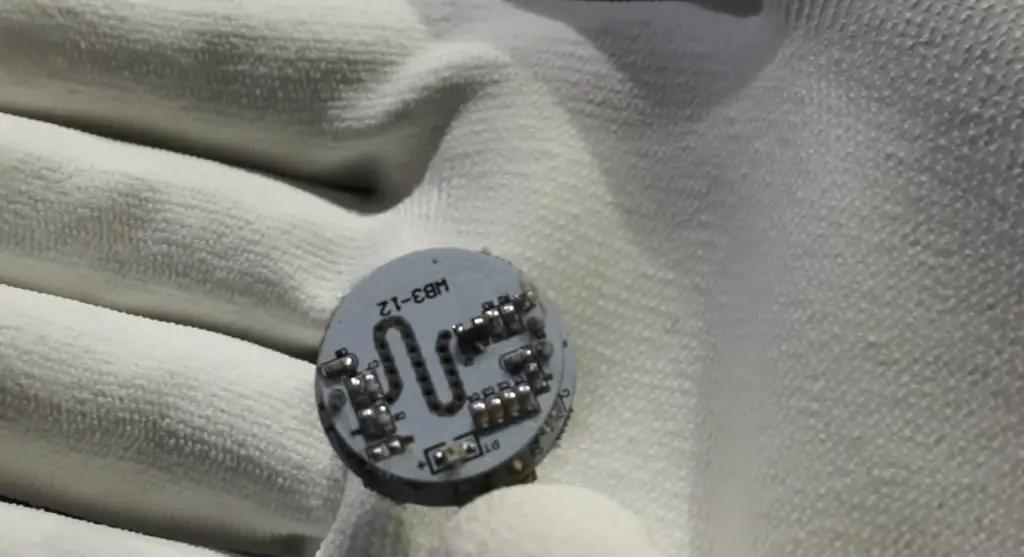
Automotive electrons
Radar sensors are increasingly being used in vehicles to provide a greater range of safety features. These include adaptive cruise control, lane departure warning, blind spot detection, and automatic emergency braking. Radar sensors can be used to detect other vehicles around the car, helping to alert the driver of potential hazards on the road. They also help with navigation by providing an accurate measure of distance and speed necessary for autonomous driving applications.
Intelligent traffic radar
Radar sensors are also being used in intelligent traffic systems. Radar sensors measure the speed of vehicles and can be used to detect congestion on roads. This data can then be used by traffic management systems to adjust traffic flow or implement strategies such as variable speed limits, which can help reduce congestion and improve safety on the roads.
Medical treatment
Radar sensors have been used in medical settings to guide doctors and surgeons during procedures. For example, a radar sensor can be used to accurately measure the distance between two organs or between an organ and a bone. This helps to ensure that operations are performed accurately and precisely. Radar sensors can also be used to detect tumors, allowing for early diagnosis of cancerous cells.
They can also measure chest motion to identify breathing patterns. This has been used in clinical settings to monitor patients that are under sedation or general anesthesia, helping doctors adjust dosages as needed.
Sports
Radar sensors are being used in sports to analyze player performance and measure ball speed. For example, golfers can use a radar sensor to measure the speed and angle of their swing to help improve their accuracy. Baseball players can use radar sensors to measure the velocity of their pitches, which is important for improving their pitch selection and control. In tennis, radar sensors can be used to track the speed of serves and returns, helping players identify areas where they need to improve.
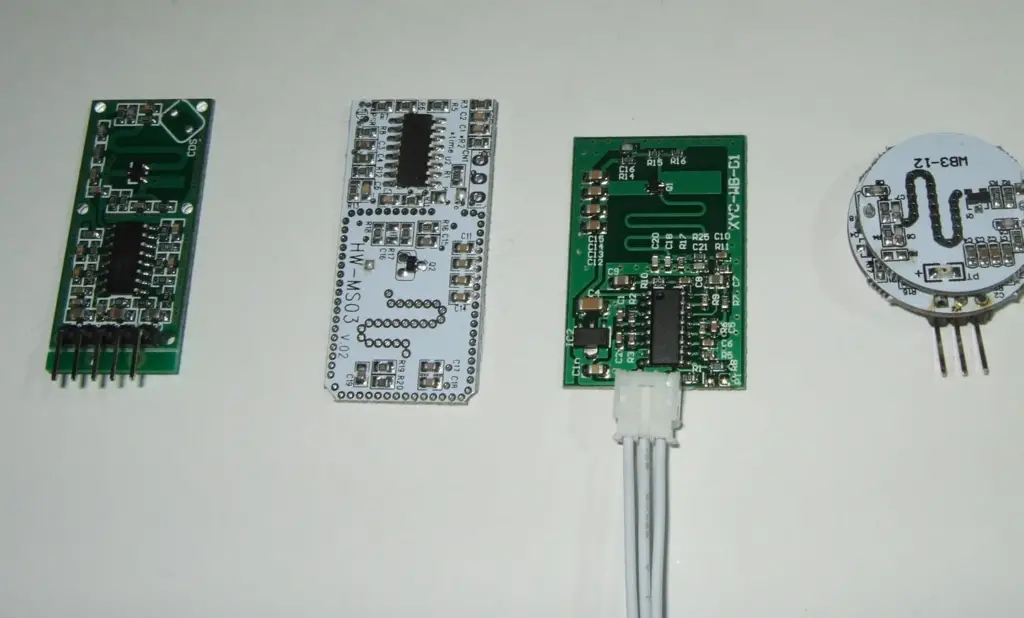
FAQ
What is a radar sensor?
A radar sensor is a device used to detect objects and measure their distance from the source. Radar sensors use electromagnetic waves that are reflected off of an object or surface and sent back to the source, allowing it to determine its location and speed. These sensors can be used in various applications, including navigation, tracking, surveying, and weather forecasting.
Radar sensors typically have three components; a transmitter, receiver, and processor. The transmitter sends out pulses of radio frequency (RF) energy which bounce off of nearby objects or surfaces and are then detected by the receiver in order to calculate distance and other data. The processor uses this data to create a map showing all of the objects in range as well as their relative positions.
Where are the radar sensors?
Radar sensors can be found in a variety of places, from aircraft to automobiles. Radar sensors are used for navigation and surveillance purposes, as well as providing information about objects in the surrounding environment. In cars, radar sensors may be used for adaptive cruise control or lane departure warning systems. Aircraft often use them for air traffic control or weather forecasting. On ships, they may be employed to detect obstacles in their path and avoid collisions with other vessels.
What are the radar sensors on Mercedes?
The system works by sending out pulses of electromagnetic energy and then listening for the echoes that are reflected back from any object in the path of the pulse. These echoes can be used to measure distance and speed, as well as providing information about an object’s shape and size.
The radar sensors on Mercedes vehicles utilize Mercedes-Benz Active Brake Assist (ABAS) system and Distronic Plus adaptive cruise control (ACC). The Active Brake Assist system uses radar sensors to detect vehicles or pedestrians in front of the vehicle, warning the driver if a potential collision is detected. The Distronic Plus adaptive cruise control system also relies on radar sensors to measure speed and distance between the car and other vehicles ahead, allowing it to automatically adjust its speed accordingly.
What is radar, and how does it work?
Radar is a radio detection and ranging (radar) system which uses electromagnetic waves to detect objects located within its range. Radar systems typically use pulses of radio waves or microwaves which are transmitted into the atmosphere. When the pulses hit an object, they bounce back and are received by the radar antenna. By measuring the time it takes for a pulse to travel and return, the distance between the radar station and target can be calculated as well as other properties such as speed, size, direction of movement etc.
A key feature of radar technology is that it can detect objects in all weather conditions and during night time – something that optical sensors cannot do. In addition, since radar signals travel at the speed of light, they can cover terrain extremely quickly and detect objects from far away.
Radar systems are often used for navigation, surveillance and military purposes but recently have become increasingly popular in other applications such as in the automotive industry for collision avoidance systems or for autonomous vehicles to detect their environment.
Useful Video: What Is A Radar Sensor? | How Does It Work, Application Areas, Types, Elements & More
Conclusion
Radar sensors are an invaluable tool for accurately measuring movement and distance, as well as detecting objects. Radar sensors are used extensively in many industries, including automotive, aviation, maritime surveillance, military operations, weather forecasting, and more. They offer an efficient way to monitor movement within a certain area and make it easier for us to safely navigate our surroundings. Radar sensors also allow us to track objects from far away as well as identify them through unique signatures associated with each individual target.
Radar sensors can be used both on land and at sea; they use their own power source or can be powered by batteries or solar panels. In addition to providing information about position and speed of the objects they detect, radar sensors can also be used to measure temperature and atmospheric pressure.
Radar sensors are an invaluable tool in many applications, and their use is only growing as technology improves. They provide us with a reliable way of monitoring the environment around us and ensure our safety, so that we can travel without fear of collision or unforeseen obstacles.
This guide has discussed some key things to consider when selecting or implementing a radar sensor, such as frequency, pulse rate, detection capabilities, and power requirements. With this information, you should now have a better understanding of what a radar sensor is and how it can benefit your application. Thanks for reading!
References
- https://www.elprocus.com/radar-sensor/
- https://www.fierceelectronics.com/sensors/what-a-radar-sensor





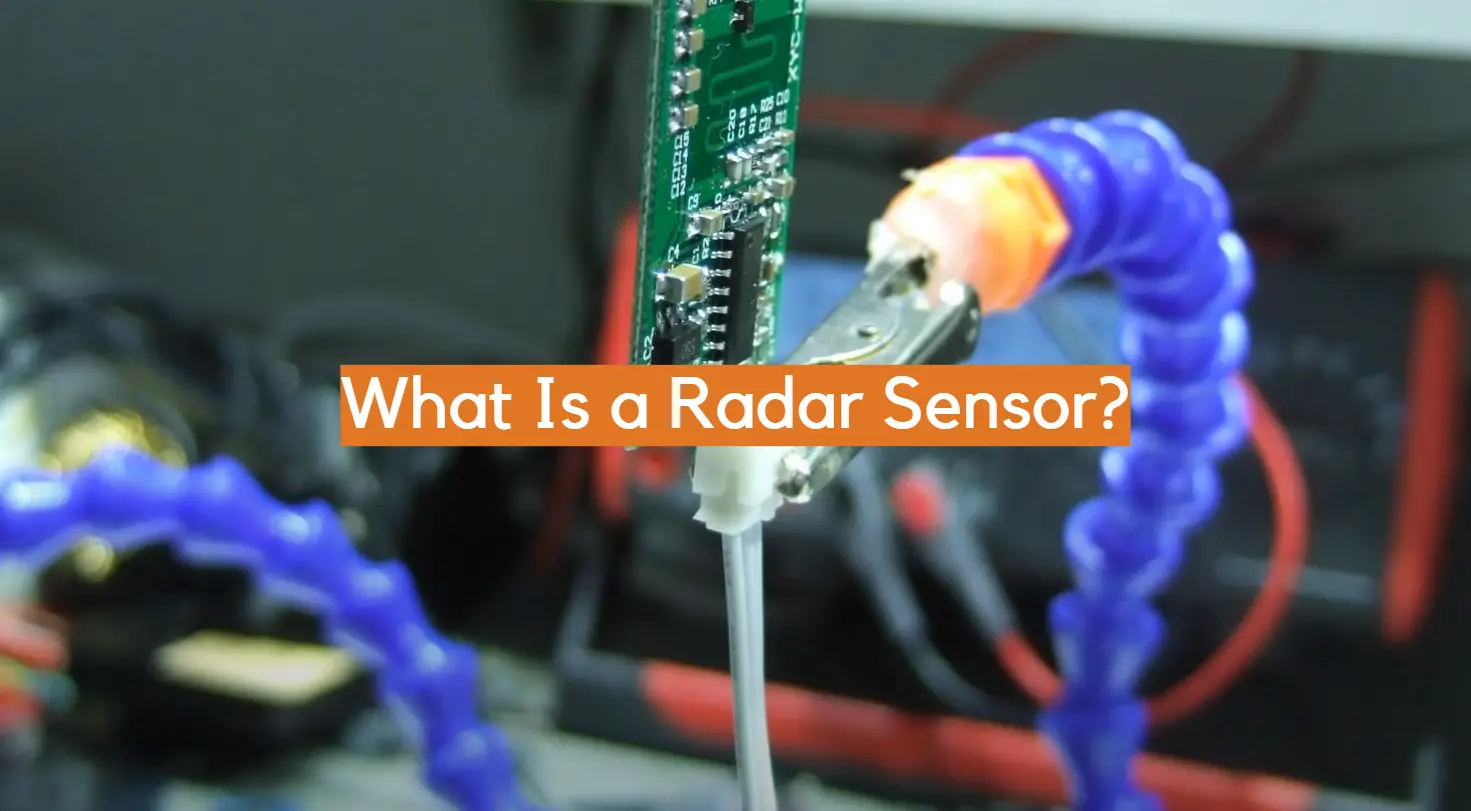




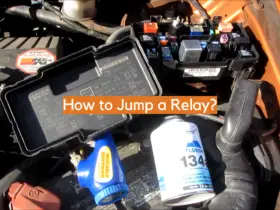


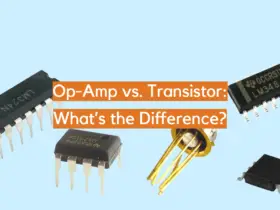
Leave a Reply